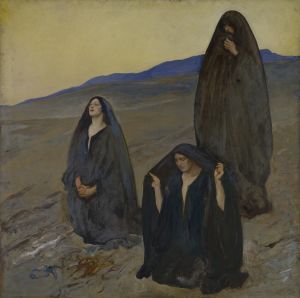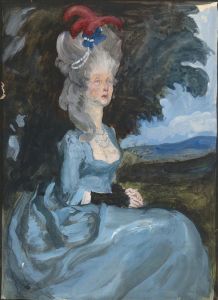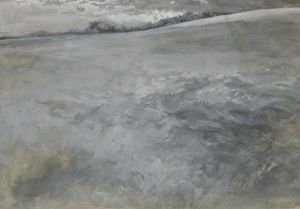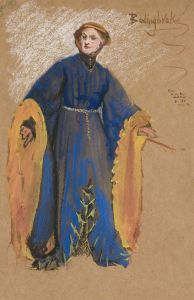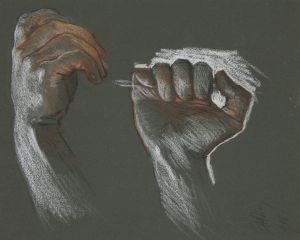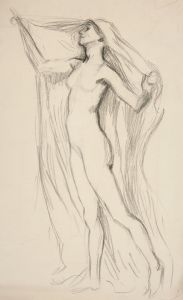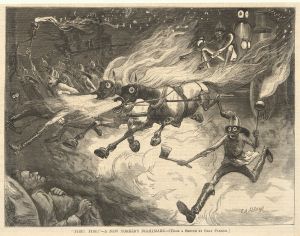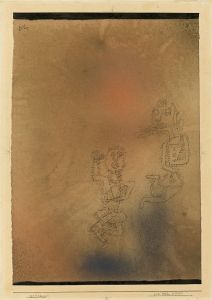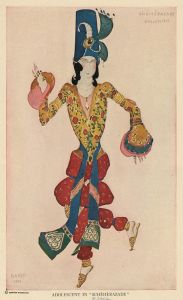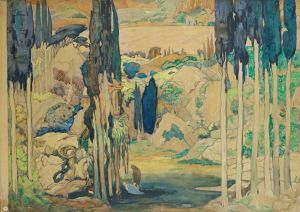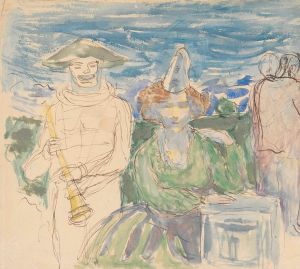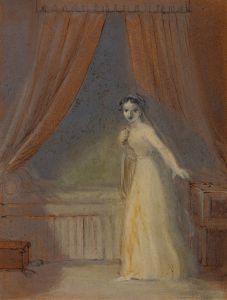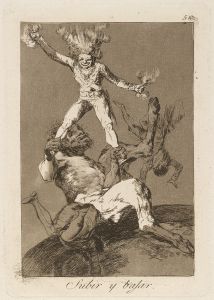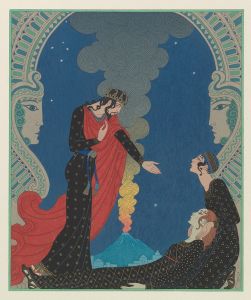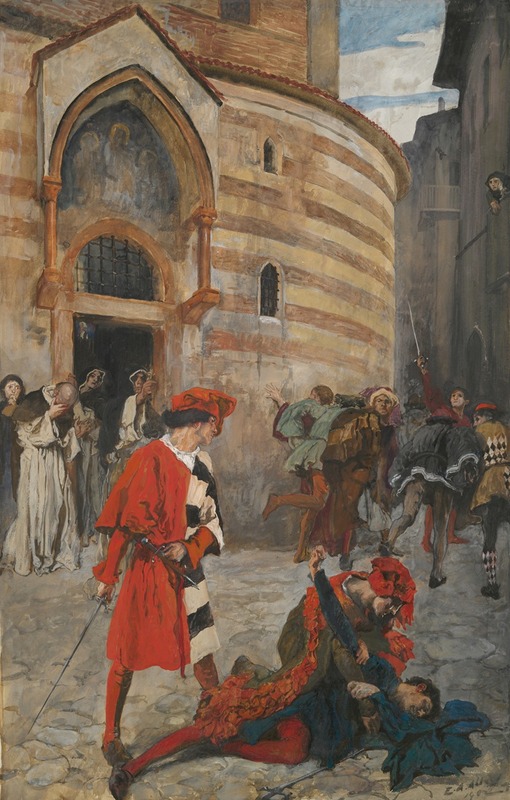
The Death of Mercutio – Act III, Scene I, Romeo and Juliet
A hand-painted replica of Edwin Austin Abbey’s masterpiece The Death of Mercutio – Act III, Scene I, Romeo and Juliet, meticulously crafted by professional artists to capture the true essence of the original. Each piece is created with museum-quality canvas and rare mineral pigments, carefully painted by experienced artists with delicate brushstrokes and rich, layered colors to perfectly recreate the texture of the original artwork. Unlike machine-printed reproductions, this hand-painted version brings the painting to life, infused with the artist’s emotions and skill in every stroke. Whether for personal collection or home decoration, it instantly elevates the artistic atmosphere of any space.
"The Death of Mercutio – Act III, Scene I, Romeo and Juliet" is a painting by the American artist Edwin Austin Abbey. Created in 1904, this artwork is a vivid representation of a pivotal moment from William Shakespeare's famous tragedy "Romeo and Juliet." The painting captures the dramatic scene from Act III, Scene I, where Mercutio, a close friend of Romeo, is fatally wounded by Tybalt, a member of the Capulet family.
Edwin Austin Abbey was born on April 1, 1852, in Philadelphia, Pennsylvania. He was a prominent illustrator and painter, known for his detailed and historically accurate depictions of literary and historical subjects. Abbey's career began with illustrations for magazines and books, but he later gained recognition for his large-scale paintings, particularly those inspired by Shakespearean plays.
In "The Death of Mercutio," Abbey employs his characteristic attention to detail and dramatic composition to bring the tragic moment to life. The painting shows Mercutio in the throes of death, surrounded by his friends, including Romeo, who is depicted with a look of anguish and helplessness. The scene is set against a backdrop of Renaissance architecture, adding to the historical authenticity of the piece.
Mercutio's death is a turning point in "Romeo and Juliet," as it sets off a chain of events that ultimately leads to the tragic demise of the titular characters. Abbey's painting captures the emotional intensity of this moment, highlighting the themes of friendship, loyalty, and the senselessness of violence that are central to the play.
Abbey's work on Shakespearean subjects was highly regarded during his lifetime, and "The Death of Mercutio" is considered one of his masterpieces. The painting was part of a larger series of works that Abbey created based on scenes from "Romeo and Juliet." These paintings were celebrated for their meticulous attention to period detail and their ability to convey the emotional depth of Shakespeare's characters.
Edwin Austin Abbey's contribution to the arts extends beyond his Shakespearean paintings. He was also a member of the Royal Academy of Arts in London and received numerous accolades for his work. Abbey's influence can be seen in the way he bridged the gap between illustration and fine art, bringing literary scenes to life with a level of detail and emotional resonance that continues to captivate audiences.
"The Death of Mercutio – Act III, Scene I, Romeo and Juliet" remains an important work in the history of American art, showcasing Abbey's skill as a painter and his deep appreciation for Shakespearean drama. The painting is a testament to Abbey's ability to translate the written word into a powerful visual narrative, preserving the timeless themes of love, conflict, and tragedy that define "Romeo and Juliet."





